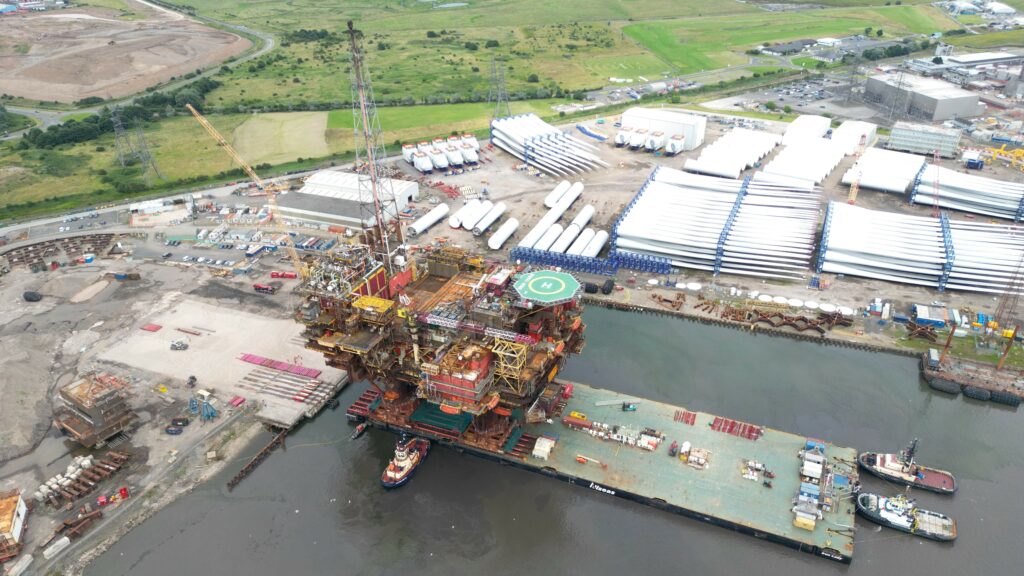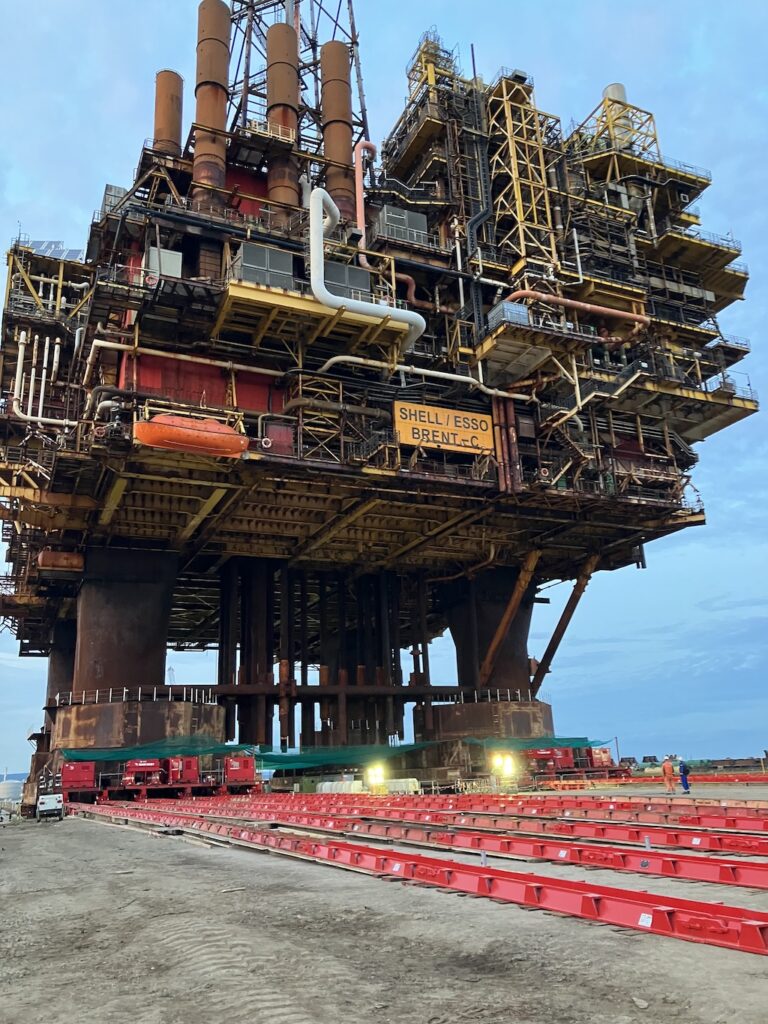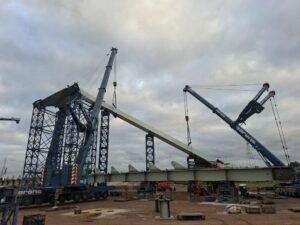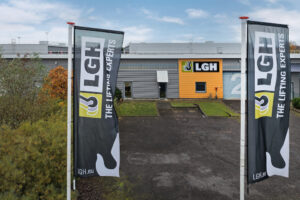The final and heaviest of the Brent oil and gas field’s topsides, Brent Charlie, has been successfully skidded onto the quayside at Able Seaton Port, marking a significant milestone in the decommissioning of one of the largest North Sea oil and gas fields.
The Brent field, operated by Shell and located 186km northeast of the Shetland Islands, was once home to four major platforms: Alpha, Bravo, Charlie, and Delta. Over time, Delta ended production in 2011, with Alpha and Bravo following in 2014, leaving Brent Charlie as the final operational platform. The decommissioning of Brent Charlie represents the culmination of years of complex engineering.

Mammoet undertook the decommissioning of the gravity-based topsides, with Brent Charlie being the third and most challenging. The topside, weighing in at 31,000 tons, was carefully maneuvered from its concrete legs, which had been submerged in seawater for over 40 years. This task presented unique engineering and safety challenges.
“Careful engineering ensured the stability and control needed to carry out this operation safely,” Mammoet’s team noted. The consistent process and expertise used to decommission the previous three topsides proved invaluable in managing Brent Charlie’s load-in.

The journey of the Charlie topside began with Allseas’ heavy lift vessel Pioneering Spirit, which executed the offshore removal in a single lift and transported the structure to shallower waters. From there, it was transferred onto Allseas’ cargo barge Iron Lady, pre-fitted by Mammoet with the required skidding equipment.
Once Iron Lady was moored at Able Seaton Port, Mammoet’s team aligned twelve skid tracks onshore to match those installed on the barge. The skidding operation unfolded in two precise stages: the topside was first skidded five meters aft on the barge before the final 130-meter move to its permanent location onshore.

One of the key challenges was managing the platform’s four-legged structure, which could lead to deflections during skidding. Mammoet employed hydraulic cylinders under each leg to ensure uniform pressure across the structure, providing stability even as the legs flexed under the enormous weight.
“To manage a four-legged structure, hydraulic coupling is critical,” explained Mammoet’s Sales Director, Richard Verhoeff. “Three legs are stable by nature, but four require a unique approach to maintain balance.”

Suspended netting was deployed to catch any debris, ensuring minimal environmental impact and safety for the remote-controlled skidding operation. This careful control and the experience of Mammoet’s team enabled a seamless transfer, bringing a successful end to the Brent field decommissioning project.
“We take a pragmatic approach to jobs like this,” said Leo de Vette, Project Manager at Mammoet. “It’s a team effort, and once the topside is on the barge, the goal is clear – get it off as safely and efficiently as possible.”






